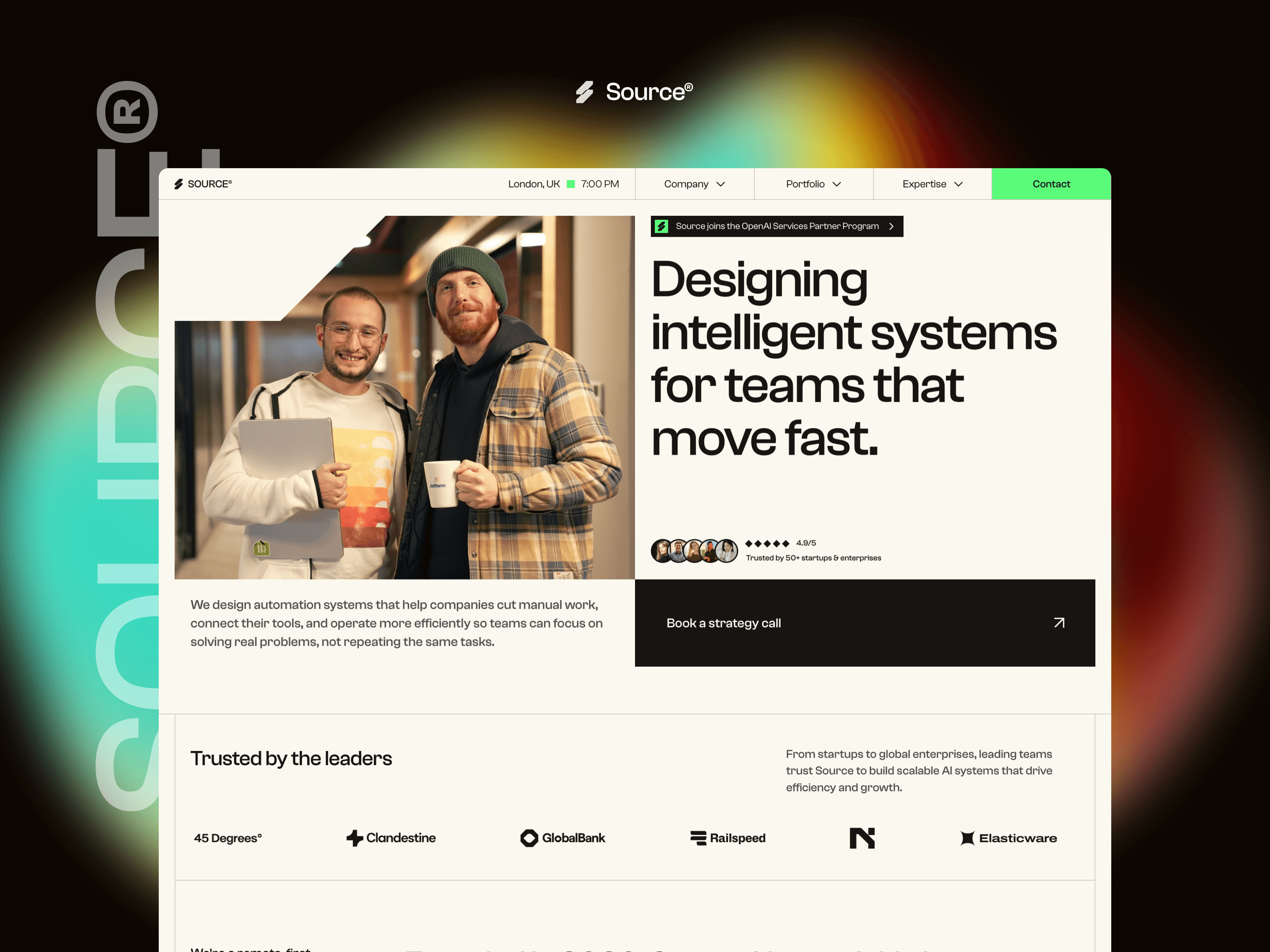Why Minimalism Still Works in 2025

Minimalism has been part of digital design for decades, cycling in and out of fashion according to trend reports. Every few years, someone declares that it’s over—that bold gradients, maximalist layouts, or chaotic experimentation will take its place. Yet here we are in 2025, and minimalism not only survives, it thrives.
The reason is simple: minimalism was never just an aesthetic. At its heart, it’s a philosophy of clarity. It prioritizes what matters most, stripping away noise so the message and purpose stand out. A minimalist interface doesn’t try to impress through complexity—it builds trust through simplicity. Users know where to look, how to navigate, and what to expect. That sense of calm confidence is something technology often lacks, and minimalism fills that gap.
Minimalism has also evolved. What we see today is not the stark, almost sterile minimalism of the early 2010s. Instead, it’s layered with warmth—soft gradients, tactile textures, generous white space, and micro-interactions that make a product feel alive. It has adapted to new tools, responsive frameworks, and motion design principles that add nuance without sacrificing clarity. In other words, it’s no longer “less for the sake of less,” but “less with intention.”
There’s also a practical dimension. Attention is fragmented, and competition for it is fierce. A cluttered design might grab eyes for a second, but it rarely sustains engagement. Minimalism, on the other hand, gives content room to breathe. It focuses on hierarchy, typography, and structure in a way that actually respects how people read and explore. That’s why minimal designs tend to age better—they feel timeless, while overly complex styles quickly become dated.
From a brand perspective, minimalism still signals confidence. It says: we don’t need to shout. We trust our product, our story, and our design to speak for itself. That restraint can be more powerful than any flashy effect, especially for businesses that want to be seen as modern, sophisticated, and trustworthy.
Personally, I keep returning to minimalism in my work because it forces discipline. Every design decision has to earn its place. It’s about solving problems without clutter, finding beauty in balance, and letting the work serve people first. In that sense, minimalism isn’t just a style I apply—it’s a framework for thinking about design itself.
Minimalism still works in 2025 because it isn’t a trend—it’s a principle. And principles, unlike trends, don’t expire.
More from my journal
Why Minimalism Still Works in 2025

Minimalism has been part of digital design for decades, cycling in and out of fashion according to trend reports. Every few years, someone declares that it’s over—that bold gradients, maximalist layouts, or chaotic experimentation will take its place. Yet here we are in 2025, and minimalism not only survives, it thrives.
The reason is simple: minimalism was never just an aesthetic. At its heart, it’s a philosophy of clarity. It prioritizes what matters most, stripping away noise so the message and purpose stand out. A minimalist interface doesn’t try to impress through complexity—it builds trust through simplicity. Users know where to look, how to navigate, and what to expect. That sense of calm confidence is something technology often lacks, and minimalism fills that gap.
Minimalism has also evolved. What we see today is not the stark, almost sterile minimalism of the early 2010s. Instead, it’s layered with warmth—soft gradients, tactile textures, generous white space, and micro-interactions that make a product feel alive. It has adapted to new tools, responsive frameworks, and motion design principles that add nuance without sacrificing clarity. In other words, it’s no longer “less for the sake of less,” but “less with intention.”
There’s also a practical dimension. Attention is fragmented, and competition for it is fierce. A cluttered design might grab eyes for a second, but it rarely sustains engagement. Minimalism, on the other hand, gives content room to breathe. It focuses on hierarchy, typography, and structure in a way that actually respects how people read and explore. That’s why minimal designs tend to age better—they feel timeless, while overly complex styles quickly become dated.
From a brand perspective, minimalism still signals confidence. It says: we don’t need to shout. We trust our product, our story, and our design to speak for itself. That restraint can be more powerful than any flashy effect, especially for businesses that want to be seen as modern, sophisticated, and trustworthy.
Personally, I keep returning to minimalism in my work because it forces discipline. Every design decision has to earn its place. It’s about solving problems without clutter, finding beauty in balance, and letting the work serve people first. In that sense, minimalism isn’t just a style I apply—it’s a framework for thinking about design itself.
Minimalism still works in 2025 because it isn’t a trend—it’s a principle. And principles, unlike trends, don’t expire.


